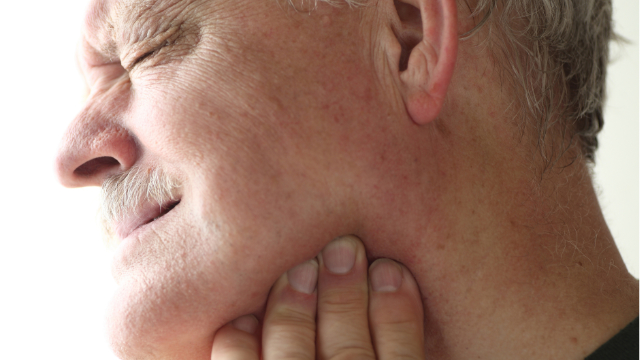
Results from previous studies are inconsistent on effectiveness of treatment
Temporamindibular joint disorder (TMJ) is an umbrella term used to describe several conditions that involve a dysfunction of the jaw. The most common symptoms of TMJs are pain and decreased mobility of the jaw, both of which have a negative impact on patients’ quality of life. There are a number of conservative (non-surgical) treatments available for TMJs, including physical therapy interventions such as exercise-based therapy, massage, stretching and a combination of these techniques. Exercise therapy programs are commonly used to treat TMJs and may include aerobic, stretching, balance and strengthening exercises, but the available studies on this intervention have produced results that are inconsistent. For this reason a powerful pair of studies called a systematic review and meta-analysis was conducted on the effectiveness of exercise therapy for patients with a TMJ. A systematic review collects all the available evidence on a topic, and in the meta-analysis, researchers pool the data from these studies to tease out common trends.
Two medical databases are searched for relevant studies
Researchers performed a search of two major medical databases for high-quality studies that evaluated exercise therapies for TMJ. They only accepted randomized-controlled trials (RCTs), which are considered the gold standard of individual studies used to determine if a treatment is effective. The search identified 37 studies to be screened, and of these, six RCTs fit the necessary criteria and were used for the systematic review and meta-analysis. All included studies were then analyzed and their findings were compared to one another to determine if exercise therapy was in fact effective for TMJs, and their quality was also ranked to gauge their reliability.
Exercise therapy leads to several benefits for patients
After completing the systematic review and meta-analysis, researchers found that exercise therapy reduced pain and improved the range of motion (flexibility) of patients with TMJs. The improvements in flexibility came primarily from programs that emphasized mobility exercises and a mixed treatment programs, and it appeared that twice weekly was the most effective treatment method for reducing pain. However, it’s not clear what the most appropriate type, intensity and duration of exercise therapy should be for the best results. Therefore, more research is needed to investigate these factors in more detail. Nonetheless, these studies clearly show that exercise therapy is an effective treatment for reducing pain and improving flexibility in patients with a TMJ. Individuals with this condition should therefore be encouraged to seek out the treatment of a physical therapist for an appropriate treatment program that will help them improve.
-As reported in the October ’16 issue of Clinical Rehabilitation
